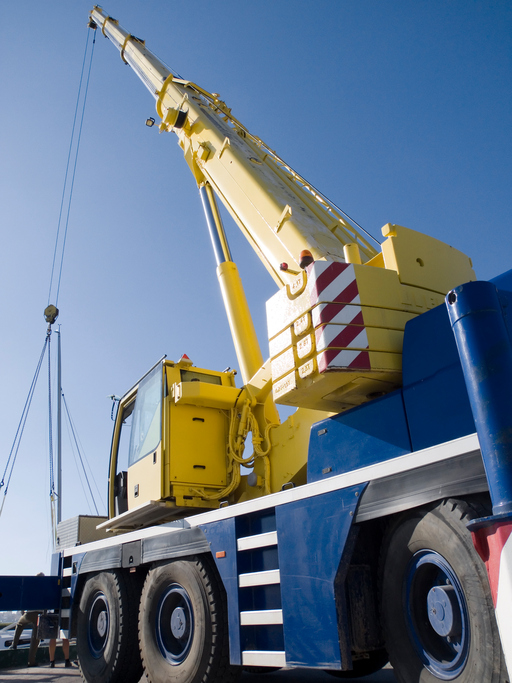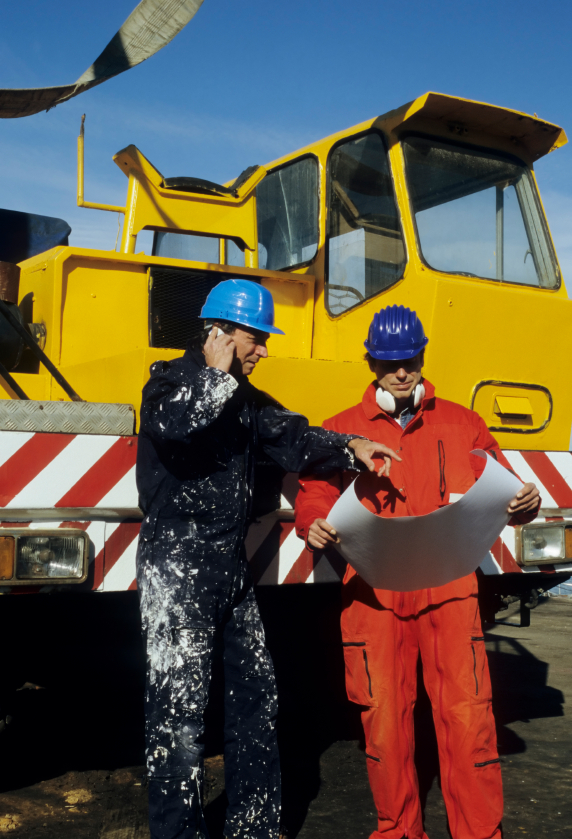
The Importance of Lift Planning: Mobile Crane Safety
By Jerome E. Spear, CSP, CIH
From 2011 to 2015, the Census of Fatal Occupational Injuries (CFOI) reported 220 total crane-related deaths, an average of 44 per year over this five-year period (CFOI, 2017). A 2009 study by The Center to Protect Workers’ Rights examined the causes of crane-related deaths based on data obtained from the CFOI program. The study identified a total of 632 crane-related construction worker deaths involving 611 crane incidents from 1992-2006, an average of 42 deaths per year (McCann et al., 2009). The main causes of crane-related deaths in construction from 1992-2006 were overhead power line electrocutions (32%), struck by crane loads (21%), struck by crane or crane parts (20%), and crane collapses (14%) (see Figure1).
A separate study published in the Journal of Construction Engineering and Management (Beavers et al. 2006) analyzed crane accidents that occurred from 1997-2003. The leading causes of crane fatalities identified the most frequent causes of mobile crane incidents being struck by the load (32.0%), electrocution (27.2%), crushed during assembly/disassembly (12.0%), failure of boom/cable (12.0%), and crane tip-over (11.2%) (see Figure 2).
“People do not plan to fail, they fail to plan.” As a result, less-than-adequate crane lift planning encompasses most, if not all, of the above causal factor categories. Therefore, establishing criteria for “critical lifts,” preparing formal lift plans, understanding the factors that affect rated capacities of mobile cranes, ensuring equipment is in good condition, and ensuring only qualified and trained personnel operate the equipment are all important components in preventing mobile crane incidents.
Critical Lift Planning
All crane lifts require some level of planning, whether the load is a mere half-ton or more than 2,000 tons. Even noncritical lifts require knowledge of the weight of the load (and other components considered to be part of the load), the configuration of the crane, the rated capacity of the crane at its lift configuration, and factors that may affect the crane’s rated capacity in order to make a “go/no-go” decision. However, critical lifts require more extensive planning and oversight by qualified persons.

The first step in establishing a corporate mobile crane lift-planning requirement is to define the term “critical lift.” According to the Construction Safety Association of Ontario, a critical lift is one where the load weight is heavier than 75 percent of the rated capacity (Campbell and Dickie, 227). Other examples of critical lifts include the following:
• Lifts in congested areas where structures, pipelines, power lines or other obstacles are located
• Lifts that involve turning or flipping the load, which can result in “shock loading” or “side loading”
• Lifts that require machinery or assemblies furnished by others
• Lifts where the load weight is not known
• Lifts in areas of poor soil or unknown ground conditions
• Lifts that include potentially unstable pieces
• Lifts that utilize multiple cranes
Depending on the complexity of the lift, the formal lift plan can range in size from two pages to several pages. Some lifts require only information about the crane’s configuration, load and rigging, and rated capacity; for others, engineering drawings of the crane and/or the load, load charts, crane matting, etc. are needed.
Sources of possible failure should be evaluated, including the crane’s stability, structure, and other components (rigging, hoist line, etc.). At a minimum, the lift plan should include the following information to determine whether the lift can be safely made:
- Description of lift, including sketches
- Crane configuration, such as counterweight used, jib stowed or erected, lifting from main hoist or jib, jib length and offset angle, maximum load radius, number of parts of load line, size of load line, boom length, boom angle at origin and at destination, boom and load clearance distance, boom point elevation, etc.
- Rated capacity of crane – over-the-front, over-theside, and/or a 360-degree rotation
- Rated capacity of hoist line
- Load weight, including empty load weight, headache ball, main block, lifting/spreader bar, slings and shackles, effective weight of the jib, weight of auxiliary line, weight of hoist line, and/ or other items the crane manufacturer specifies as part of the load (i.e., deductions from the rated capacity)
- Rigging capacity, including load attachments and slings
- Percent of crane’s rated capacity, which influences “go/no-go” decisions
- Factors that may affect the crane’s rated capacity (e.g., machine configuration, unbalanced rope reeving, improper use of outriggers, soft footing, unlevel crane, side loading, increasing load radius, shock loading, high duty cycle, and high wind speeds)
- Operator qualifications, training and proficiency for the specific crane type that will be used
- Condition of equipment (i.e., crane inspection and preventive maintenance program)
Pre-Lift Checklist

There are many factors that affect a crane’s rated capacity. Therefore, it is generally good practice to use a pre-lift checklist when planning a lift and for site personnel to also use just prior to executing the lift to ensure that those conditions that may affect the crane’s rated capacity have been considered.
If a lift cannot be made under the configuration and conditions specified in the lift plan, the lift should be reevaluated and approved by a qualified person. Formal written lift plans should be required for all “critical lifts” as defined by your organization in order to prevent crane incidents, which have the potential to cause catastrophic results.
References
Beavers, J., Moore, J., Rinehart, R., & Schrivers, W. (2006). Crane-Related Fatalities in the Construction Industry. Journal of Construction Engineering and Management, 132, 901-910.
Campbell, D., & Dickie, E. (1982). Mobile Crane Manual. Toronto, Ontario, Canada: Construction Safety Association of Ontario.
Garby, R. (1999). IPT’s Crane and Rigging Training Manual. Edmonton, Alberta, Canada: IPT Publishing and Training, Ltd.
McCann, M., Gittleman, J., & Watters, M. (Revised and Updated November 2009). Crane-Related Deaths in Construction and Recommendations for Their Prevention. The Center to Protect Workers’ Rights, The Center for Construction Research and Training.

Share This Article!

